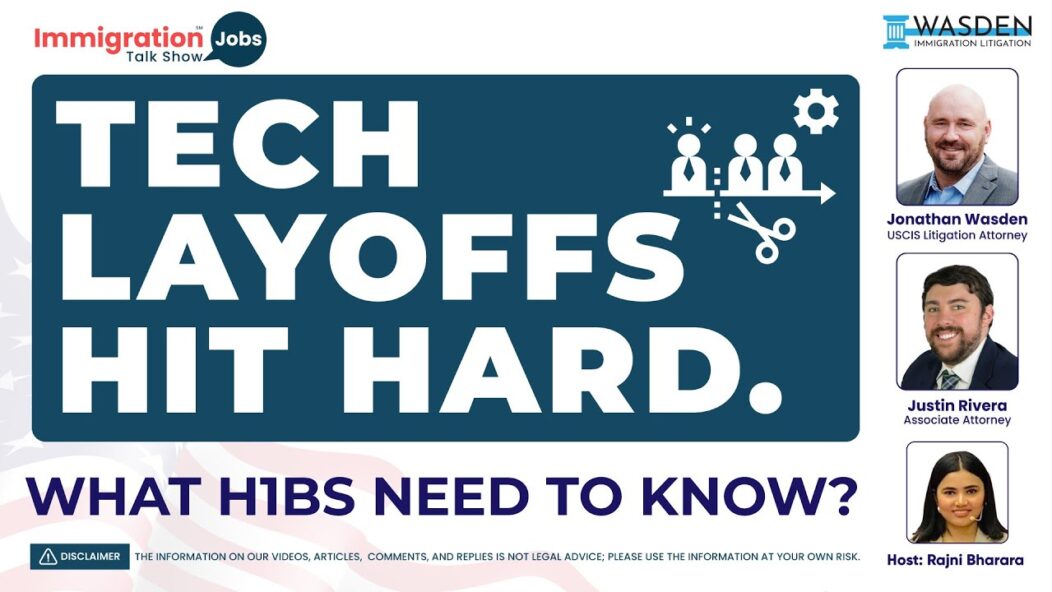Unlawful presence in the United States can have significant consequences for noncitizens. Those who remain beyond their authorized period or enter without permission may face bars on re-entry ranging from 3 to 10 years, or even permanent inadmissibility. This article explores the conditions leading to these bars, the possible exceptions, and the importance of legal guidance when dealing with immigration issues.
Key Takeaways
- Unlawful presence occurs when someone overstays their visa or enters the U.S. without admission.
- Depending on the duration of unlawful presence, re-entry bars of 3, 10 years, or permanent inadmissibility can apply.
- Exceptions exist for minors, asylum seekers, victims of trafficking, and others.
- Legal advice is crucial to navigate these complex immigration laws.
Context
The three- and ten-year bars were introduced in 1996 under the Illegal Immigration Reform and Immigrant Responsibility Act (IIRIRA). Their intent was to penalize those who overstayed visas or entered without authorization. However, over time, these bars have been criticized for unintentionally increasing the duration of unauthorized stays, as immigrants fear leaving and triggering these bars.
Understanding Unlawful Presence
Unlawful presence begins accumulating when a noncitizen stays in the U.S. without legal authorization. This could happen when they overstay their visa (tracked via Form I-94) or enter the country without inspection. Once unlawful presence surpasses 180 days, serious immigration consequences kick in.
Knowing when you start accruing unlawful presence is key to avoiding long-term immigration penalties.
The Three- and Ten-Year Bars
If someone accrues more than 180 days but less than a year of unlawful presence, they face a 3-year reentry bar. For those with more than a year, a 10-year bar applies. These penalties start from the day the person leaves the U.S. However, those attempting to return unlawfully after a year or more of unlawful presence face permanent inadmissibility.
The severity of penalties depends on the length of unlawful stay, ranging from 3 to 10 years or even permanent bars.
Permanent Bar and Its Implications
The most severe consequence is the permanent bar, applied to noncitizens who re-enter or try to re-enter after accruing more than a year of unlawful presence. This bar can only be waived after a 10-year absence from the U.S., and even then, obtaining permission to reapply for admission is difficult.
Permanent inadmissibility is one of the most significant legal barriers to re-entry after unlawful presence.
I-212, Permission to Reapply for Admission
Form I-212 is essential for individuals who are inadmissible under sections 212(a)(9)(A) or (C) of the Immigration and Nationality Act (INA). It allows those who have been deported or removed from the United States to request consent to reapply for lawful entry. The form, often called “permission to reapply,” is a vital step for those who face significant re-entry bars but wish to lawfully return to the U.S.
- Filing this form is crucial for noncitizens affected by removal orders, especially those subject to the three- or ten-year bar or the permanent bar.
- Applicants must provide extensive documentation, including records of prior exclusion, deportation, or removal proceedings
I-212 provides a path for those affected by inadmissibility to seek legal reentry, but the process requires meticulous preparation and documentation.
Legal Aid and the Role of Immigration Attorneys
Given the complexity of these rules, legal assistance is critical. Immigration attorneys help noncitizens understand if they qualify for exceptions or waivers, such as the I-601A waiver for family-based immigrants. Missteps in handling unlawful presence can lead to long-term consequences, making professional guidance essential.
Proper legal aid can help immigrants navigate the complicated rules and potentially secure a waiver or exemption.
Conclusion
Unlawful presence and inadmissibility present complex challenges for noncitizens, with penalties that range from temporary to permanent bars on reentry. However, with the right legal assistance, some exceptions and waivers are available that could mitigate these penalties.
FAQs
What triggers unlawful presence?
Unlawful presence begins when a noncitizen overstays their visa or enters the U.S. without authorization.
What is the three-year bar?
The three-year bar applies if someone accrues more than 180 days of unlawful presence but less than one year and then leaves the U.S.
What is the ten-year bar?
A person who stays unlawfully in the U.S. for over a year is subject to a ten-year reentry bar upon leaving.
Are there exceptions to unlawful presence bars?
Yes, minors, asylum seekers, and victims of trafficking, among others, may qualify for exceptions.
Can I apply for a waiver if I face a reentry bar?
Yes, certain waivers like the I-601A allow you to request a waiver for the reentry bar based on family ties.
Do I need an attorney for unlawful presence issues?
Yes, consulting an immigration attorney is critical, as the rules surrounding unlawful presence and inadmissibility are complex.
What is Form I-212 used for?
Form I-212 allows individuals who have been deported or removed from the U.S. to seek permission to reapply for admission legally.
Who needs to file Form I-212?
Noncitizens who are inadmissible under sections 212(a)(9)(A) or (C) of the INA due to deportation or unlawful presence need to file this form before reapplying for lawful entry.
Contact Us
For more information or to schedule a consultation, visit our website at Wasden Law, Our experienced litigation attorneys are ready to fight for your rights and ensure your immigration journey is as smooth as possible.
🔍 Have questions or need advice? Drop a comment below! Our team is here to help. 🗣️💬
✉️ Connect with us for personalized guidance and support. Let’s navigate your immigration journey together. 🌐📩
💡 Curious about your specific case? Ask us in the comments and get expert advice tailored to your needs. 🧑⚖️📝
Disclaimer:
The information provided in this article is for general informational purposes only and does not constitute legal advice. While we strive to ensure the content is accurate and up-to-date, it is not a substitute for professional legal consultation. Immigration laws and regulations are subject to change, and their application can vary based on specific circumstances. We recommend scheduling a consultation with us to obtain advice tailored to your individual situation. The authors and publishers of this article are not responsible for any actions taken based on the information provided herein.
How useful was this post?
Click on a star to rate it!









